|
There are five articles covered in our latest newsletter, which are: Graphite pencils for beginners Having overhauled the original article, it's worth checking out (again) if you are new to graphite. Unison pastels What makes these pastels so special? We share our findings in this article. Clairfontaine Pastelmat Are you an artist, looking for suitable paper? Find out more. Ideal for pastel artists and can be used for other mediums too. Blending with coloured pencils If you are a coloured pencil artist and want to learn how to create smooth blends, this article offers lots of hints and tips. New tutorial for coloured pencil artists Our latest tutorial shows you how to draw a Hare. You can click any of the image below to visit each article. If you are not currently a subscriber to our quarterly newsletter, you can sign up here.
Have you tried any of the products we mention in this post? If so, what are your thoughts? Any preferences? Maybe you have a favourite art product? Share it with us in the comments, and tell us what you like about it and why. Let's share our knowledge among other artists.
Our current favourite product is the Sennelier oil pastel. Creamy, highly vibrant and great fun to work with. Perfect for use on the pastelmat paper too!
0 Comments
I was invited once again to create a coloured pencil tutorial for the American Colored pencil magazine workshop series. Past tutorials contributed to this series are the Blueberries (2018) and the Peacock Feather (2019). This year I chose the Hare, a very popular subject among artists. Click the image below, which links to the page where you can purchase a digital (or print) copy of the magazine. If you are in the UK, the digital copy costs less than £2.50 and you can download it in seconds. A great read at a cheap price. What is included in this issue? Spotlighting Art-n-Fly - Art-n-fly is an affordable oil-based coloured pencil which is covered in this edition. There is a link to a You Tube video demonstrating these pencils used with Art-n-fly alcohol markers. Finding the Unique You - Alexandra Zeres showing her artwork framed in flowers, birds and butterflies Creating Prints of Your Art - Learn how to navigate the options in order to get started printing and providing your followers and fans with gorgeous prints of your artwork. Hare Tutorial - Workshop series by Karen M Berisford Pairing with Pitt Pens - Sara Ostlund compares the pros and cons of using the Faber-Castell Pitt artist pens with your coloured pencils. Follow her demo to try it for yourself. Creating a Beautiful Layout - Learn how to create beautiful layouts by Erin McManness in an excerpt from the book of the month. Sketchbook - See what's new and in the news Challenge Met Gallery - Artwork of 18 artists who undertook every monthly art challenge in 2020 and won themselves a free digital subscription. plus Selfie challenge and December art challenge winners. Featuring: Ambro Jordi Ambro brings animals to life when he puts pencil to paper. Learn how he went from pursuing a career in animation to one in fine art. Read how he enjoys sharing his knowledge with others and offering words of encouragement. FREE Art-n-Fly Oil-Based Colored Pencil inside the USA Print Issues only - While Supplies Last Price: USA $3.99 UK £2.87* Euro €3.31* *Price may vary due to exchange rate when you purchase. Download the CPM appYou can also download the Colored pencil magazine app on your Android or Apple device and purchase this edition, although there are no discounts available. The price is $2.99 and £2.99 About the reference image
If you haven't read this magazine before, you may find it a valuable resource as not only does it provide plenty of data on coloured pencils, it occasionally covers other mediums like pastel pencils and marker pens. There is an abundance of articles offering hints and tips, tutorials like this Hare above, regular competitions, a peek into the lives and studios of other artists and even guidance on the art business. They also have Facebook, Twitter and Instagram pages too so you can get involved in those competitions wherever you are in the world - I even had a go myself a few years ago! For anyone who uses the Caran d'Ache Luminance pencils, the company has released 24 new colours! You can buy individual pencils or purchase 20 of the colours in a box set called the 'Portrait assortment' These pencils have been available to 'pre-order' for a while, but online stores, are now receiving stock and getting them sent out to everyone. My set appeared on Saturday morning (18.07.20) and I have to admit to being very excited upon opening the box. For me, the Luminance pencils are THE best pencils I have used and I really appreciate that Caran d'Ache have extended the colour palette from 76 to 100. I suspect this was a reaction to Derwent releasing their first, fully lightfast pencil range last summer, which had 100 colours. For anyone interested, I have both ranges. The Luminance pencils are my regular 'go to' pencils as they are a little firmer than the Derwent Lightfast, and I am able to create finer details with them, but both ranges offer different colour palettes and having a larger choice is always a bonus. The two darker tones, Indanthrone Blue and Dark Indigo will make a more natural replacement for the black pencil, but as the majority of my own work includes pets and portraits, having additional browns and pinks added to the palette is excellent. My current favourite colours are Burnt Ochre 10% and Burnt Sienna 10%, which I use on almost every portrait, so the introduction of the Herculanum Red, Violet Pink and Dark Flesh 40% are most welcome! Above are the four new colours not included in the Portrait set. Personally, I think that Caran Dache should have created the Portrait set and include all 24 colours as they are just as important as all the other colours. I also wish they had included an extra grey for the 'eye colour selection', but as I use the greys more than most other colours, I could never have enough choice! Have you got yours yet? Do let me know what your favourite, or most used colours are, and which new colours you are most excited about!
You can view our Luminance article by clicking the link below. |
AuthorKaren M Berisford Archives
March 2024
Categories
All
|
QUICK LINKSArticles
Art Tutorials Art Workshops Workshop Gift Vouchers Art Blog About ko-fi Our social media page About the Tutor Contact Site Map Vertical Divider
|
HOW TO SUPPORT USThank you for visiting our website, which offers valuable global resources for artists. We strive to provide a pleasant browsing experience by keeping our site advertisements-free. We do not earn money from this website, but you can show appreciation by buying us a coffee on ko-fi.com. You will find the donation buttons below and can follow us on ko-fi to stay informed of the latest news. We appreciate your visit! |
No part of this website should be copied or re-used anywhere without written permission from Karen M Berisford - 2011 - 2023
All images on this website are copyright of Karen M Berisford unless otherwise stated - Website design by Karen M Berisford. All rights Reserved.
All images on this website are copyright of Karen M Berisford unless otherwise stated - Website design by Karen M Berisford. All rights Reserved.
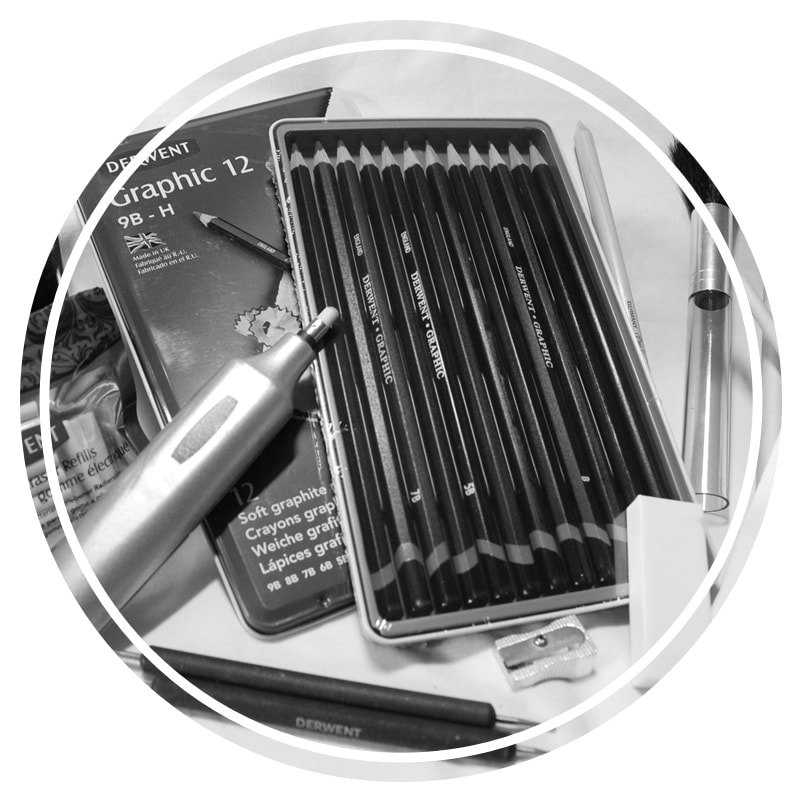
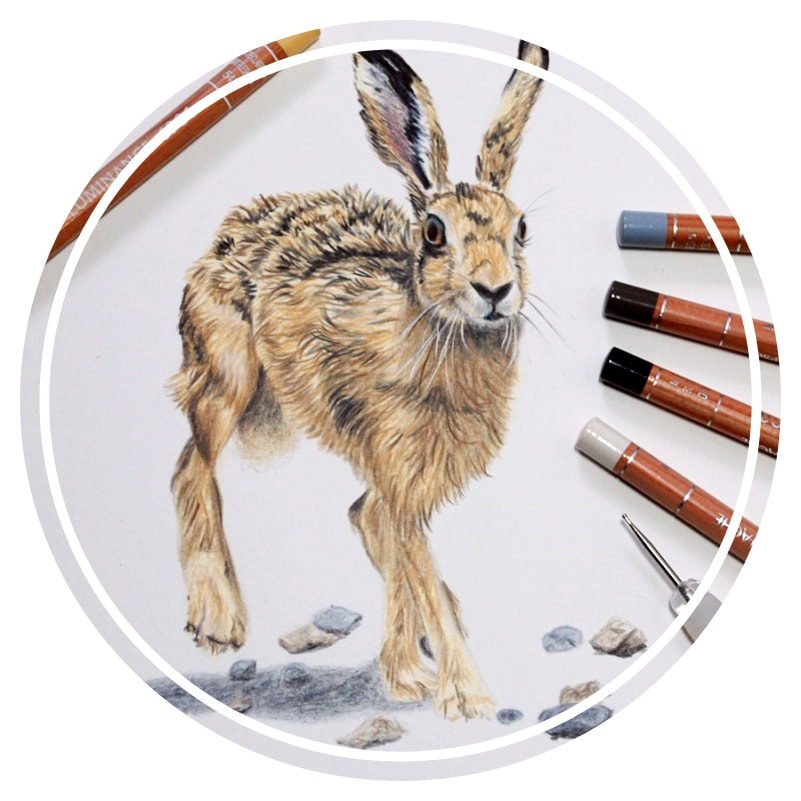
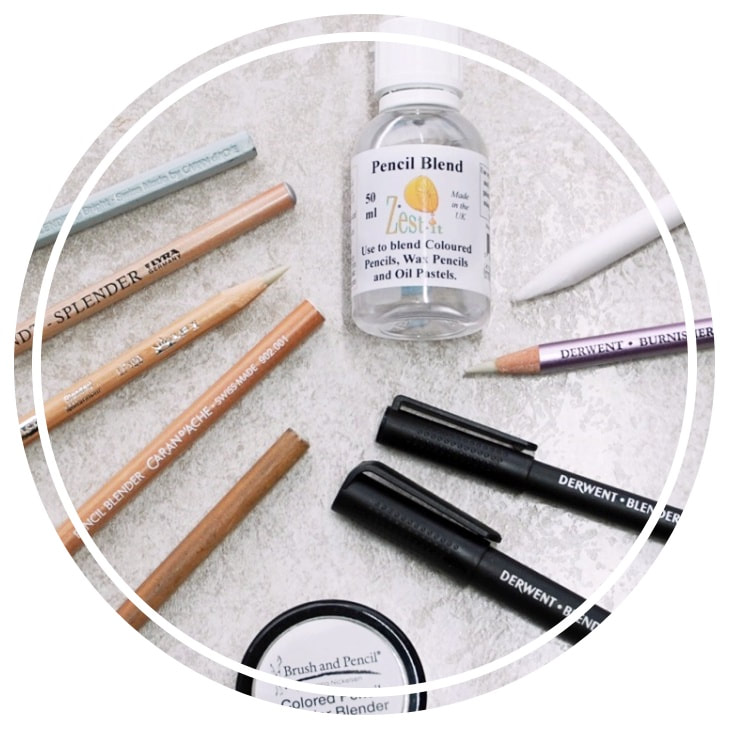
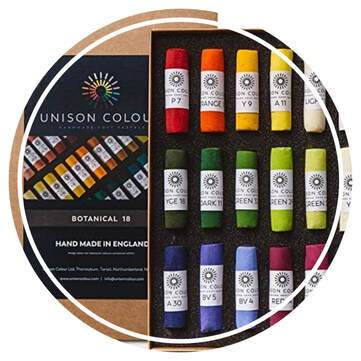
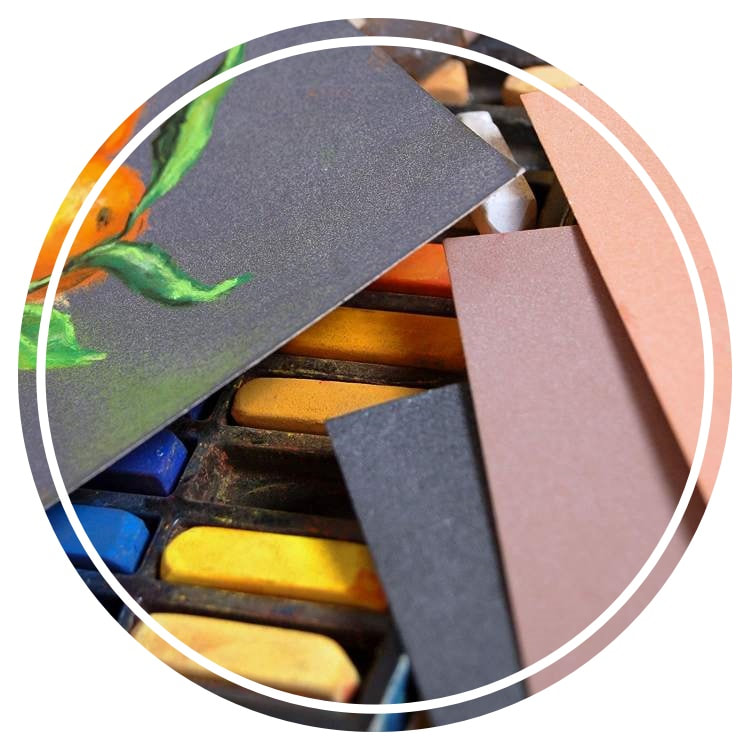

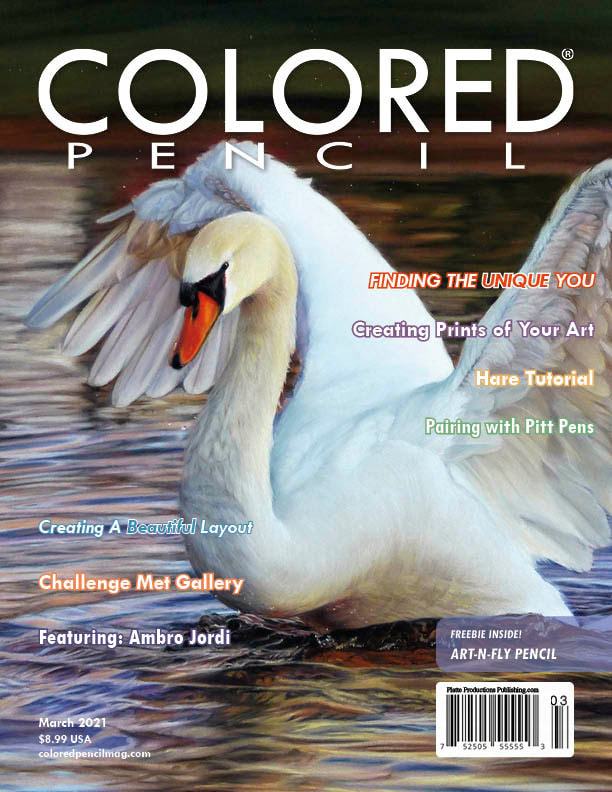
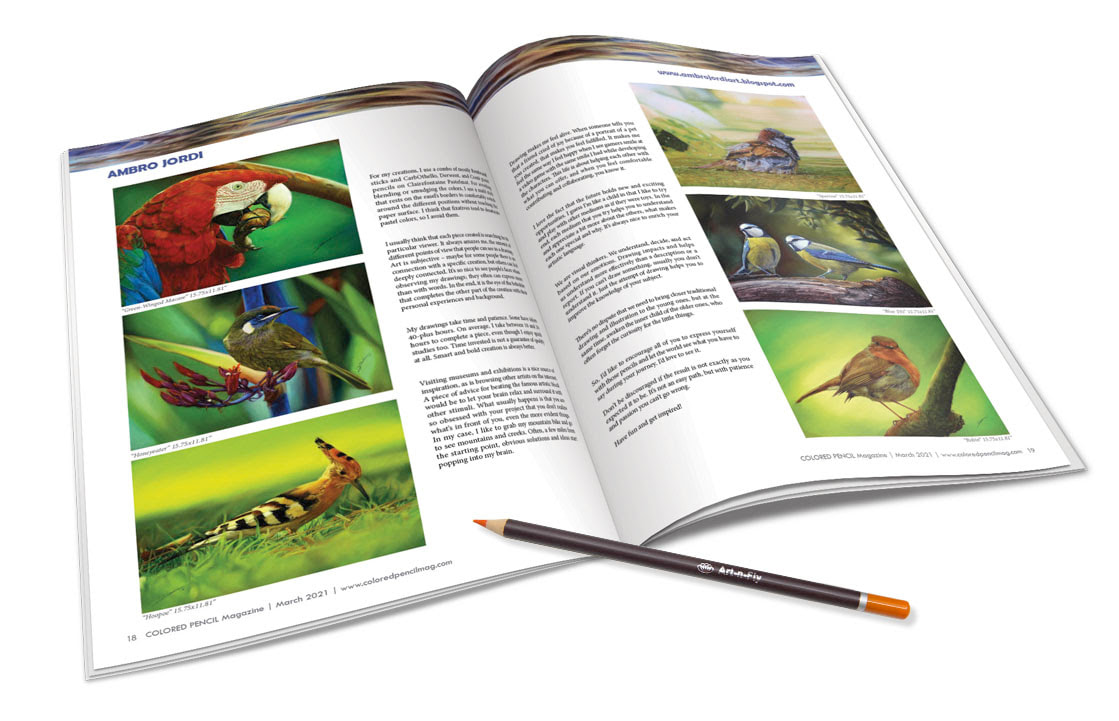


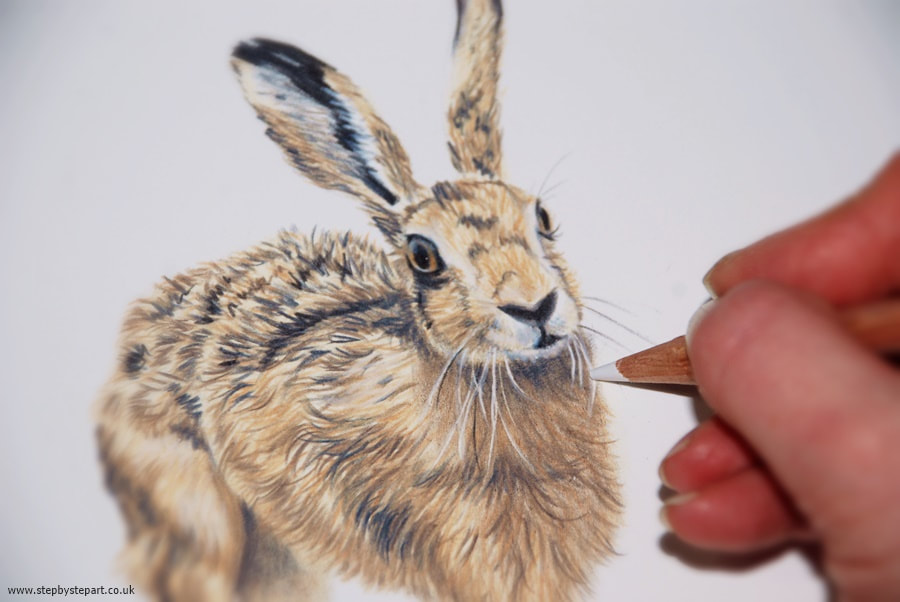
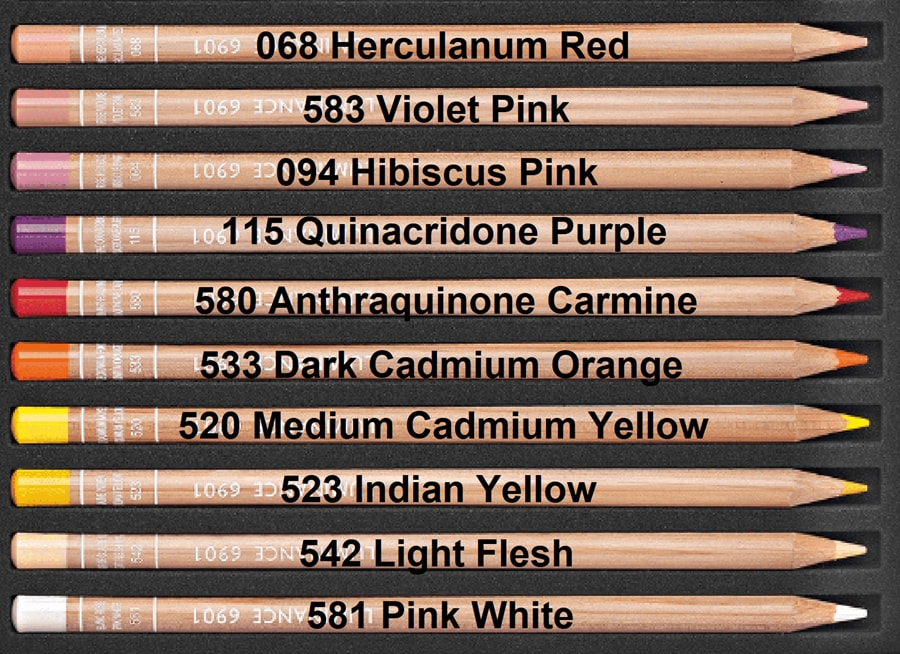
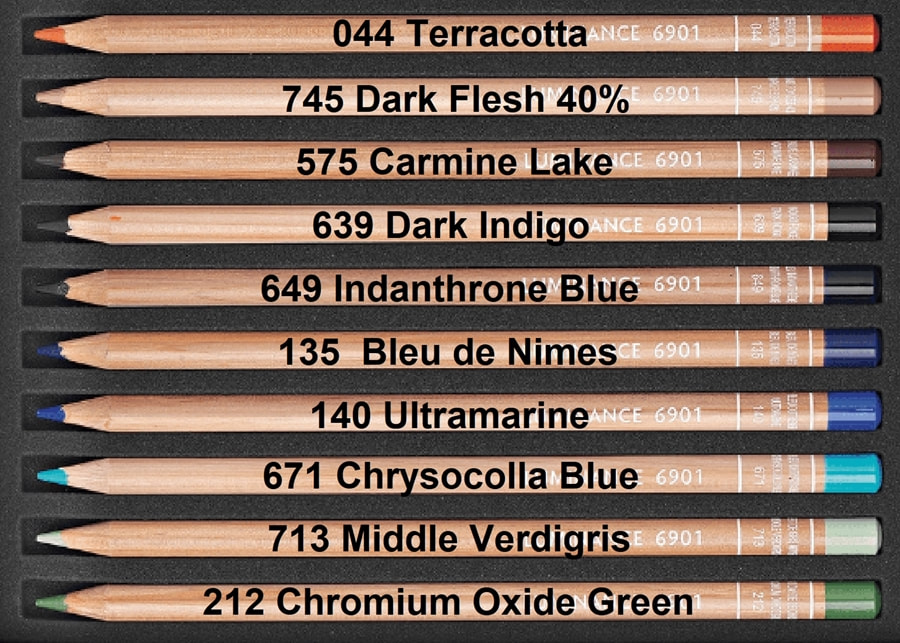
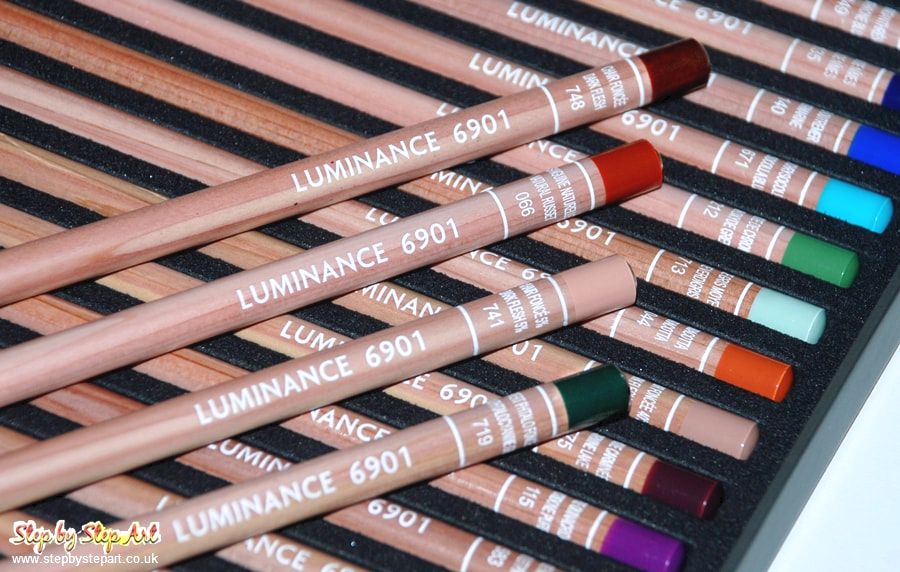
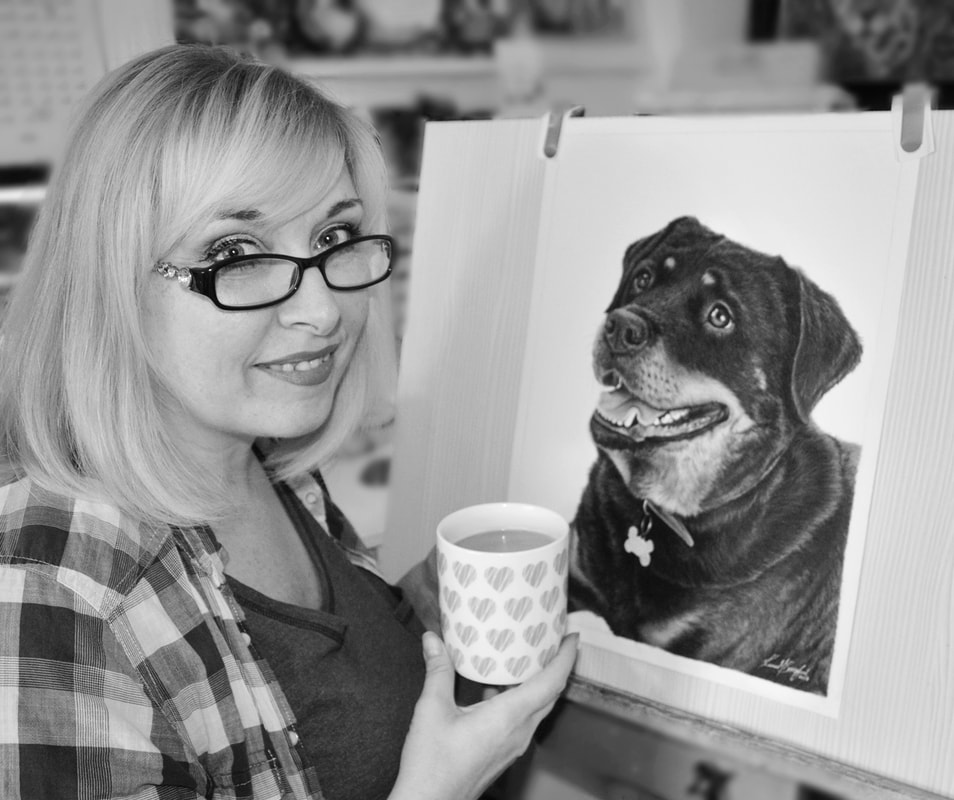
 RSS Feed
RSS Feed




